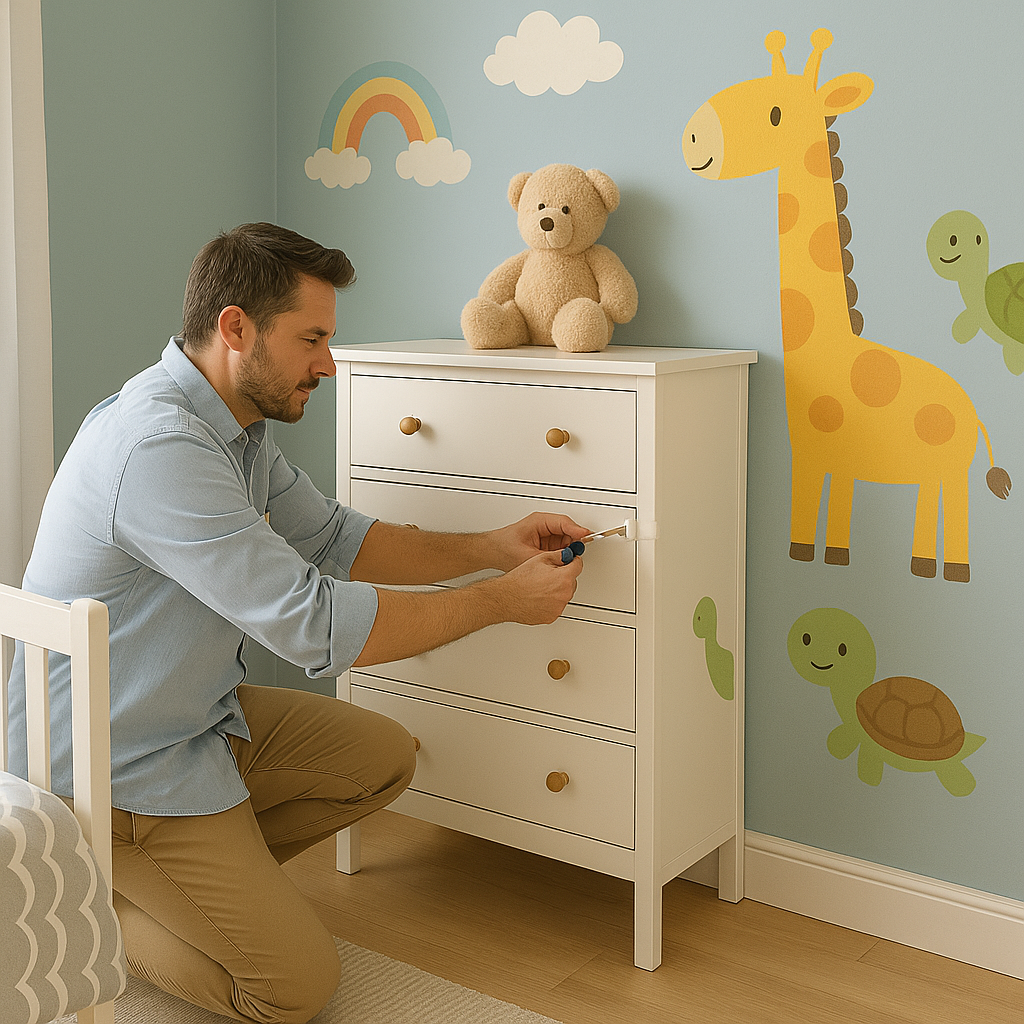
How to Design a Room Just for Children: A Step-by-Step Guide for Parents
Share
Introduction
Designing a child’s room goes beyond choosing cute décor. It’s about creating a safe haven where your child can learn, play, rest, and dream. A well-designed space can boost creativity, build independence, and support emotional development. Here’s a step-by-step guide with checklists to help parents create the perfect room for their little ones.
📌 Step 1: Prioritize Safety
Safety is the foundation of any child’s room.
Checklist:
✔ Rounded furniture edges
✔ Non-slip rugs or mats
✔ Window locks and outlet covers
✔ Secure heavy furniture to the wall
✔ Eco-friendly, non-toxic paint and materials
📌 Step 2: Choose a Theme or Mood
Children thrive in environments that spark imagination.
Ideas:
-
Space exploration (stars, planets, rockets)
-
Jungle adventure (animals, trees, earthy tones)
-
Princess or castle themes
-
Minimalist calming tones for focus
Checklist:
✔ Select a theme that reflects your child’s interests
✔ Match bedding, wall décor, and toys to the theme
✔ Keep colors playful but balanced
📌 Step 3: Create Zones for Function
A child’s room should balance play, learning, and rest.
Checklist:
✔ Study corner with a child-sized desk and lamp
✔ Cozy bed with comfortable linens
✔ Open floor space or play corner
✔ Bookshelves and toy storage within reach
📌 Step 4: Lighting and Atmosphere
Lighting impacts mood, focus, and sleep.
Checklist:
✔ Bright desk lamp for study
✔ Gentle overhead lighting for daily use
✔ Warm bedside lamp or nightlight for bedtime
✔ Blackout curtains for better sleep
📌 Step 5: Involve Your Child
Children love to contribute to their own space—it builds pride and confidence.
Checklist:
✔ Let them pick a wall color or accent piece
✔ Choose small décor items together (pillows, posters)
✔ Encourage them to help organize toys and books
📌 Step 6: Keep It Flexible
Kids grow fast, and their tastes change. Design with flexibility in mind.
Checklist:
✔ Neutral furniture that adapts to age
✔ Modular storage for changing needs
✔ Décor items that can be swapped easily
Conclusion
Designing a room just for children is not about perfection—it’s about thoughtful balance. Safety builds trust, themes ignite imagination, zones structure daily life, and shared decision-making fosters independence. When parents design with love and care, a child’s room becomes more than a space—it becomes a world of dreams, learning, and growth.
